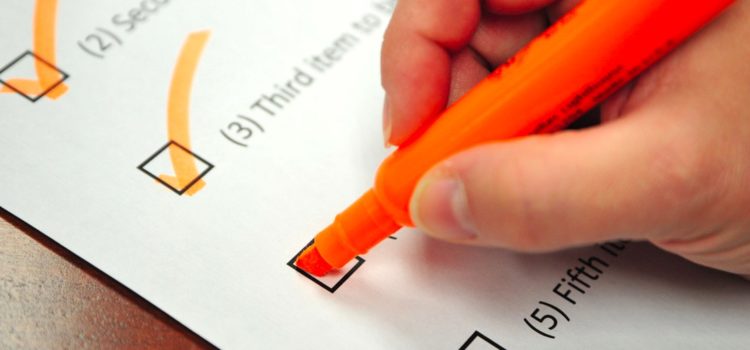

This article is an excerpt from the Shortform summary of "Alcoholics Anonymous: The Big Book" by AAWS. Shortform has the world's best summaries of books you should be reading.
Like this article? Sign up for a free trial here .
What are the AA rules? How do the rules and principles support the success of the program?
AA rules are the basic requirements for each local group running AA meetings. There are also Alcoholics Anonymous rules and principles that guide people going through the program.
Read more about the AA rules and why they are needed.
What Are the AA Rules?
Alcoholics Anonymous meetings are run by local groups. These groups are autonomous and not managed by a central organization. This anonymity is one of the core AA rules.
There must be no fees or dues to join AA. This work is not meant to be used to earn a profit.
All members must remain anonymous to the public. This makes sure members focus on the principles and the work, not on personalities.
Alcoholics Anonymous Rules and Principles for Members
It’s necessary for an alcoholic to be ‘treated’ by another recovering alcoholic.
Many non-alcoholic people attempt to help—doctors, spouses, parents, and friends. But they often fail in their approach, having never experienced alcoholism themselves.
In contrast, a recovering alcoholic can approach another alcoholic and gain their confidence within a few hours.
- The former alcoholic has had the same difficulty and knows what he’s talking about.
- He doesn’t sit on a moral high horse and knows not to judge or lecture the alcoholic.
- He asks for nothing in return and sincerely wants to be helpful.
This doesn’t mean the recovering alcoholic is the only person involved in recovery. As we’ll discuss, people affected by the alcoholic’s behavior—such as the spouse, family, and employer—should also be included in the recovery. Furthermore, the AA member’s non-alcoholic acquaintances can also help—an AA member’s spouse can talk to a new member’s spouse, communicating her story, her mistakes, and reasonable expectations for what will happen.
To recover, an alcoholic must be sober for the rest of his life. A single drink can kick off a vicious cycle of drinking:
- Having just a little alcohol will kick off the uncontrollable craving we last discussed.
- The alcoholic will then go on a drinking spree, despite whatever resolve he previously had to stay sober.
- After coming to, the alcoholic will feel remorse and promise to quit again. This guilt might trigger even more drinking.
It’s tempting for an alcoholic who has been sober for some period of time to believe that he can drink in moderation. This is a delusion. The book cites an alcoholic who had stayed sober for 25 years, and that he might give alcohol another try. Within two months, he was in a hospital, puzzled and humiliated. Within 4 years, he was dead.
The only way to escape the clutches of alcohol is to never drink again.
Furthermore, the only way to succeed is to follow the 12 Steps absolutely. No steps can be skipped; they are all essential for recovery.

———End of Preview———
Like what you just read? Read the rest of the world's best summary of AAWS's "Alcoholics Anonymous: The Big Book" at Shortform .
Here's what you'll find in our full Alcoholics Anonymous: The Big Book summary :
- How alcoholism is a nearly insurmountable disease that non-alcoholics can't understand
- The key 12 steps of the program, and why they work
- Why Alcoholics Anonymous isn't a cult and why it works






